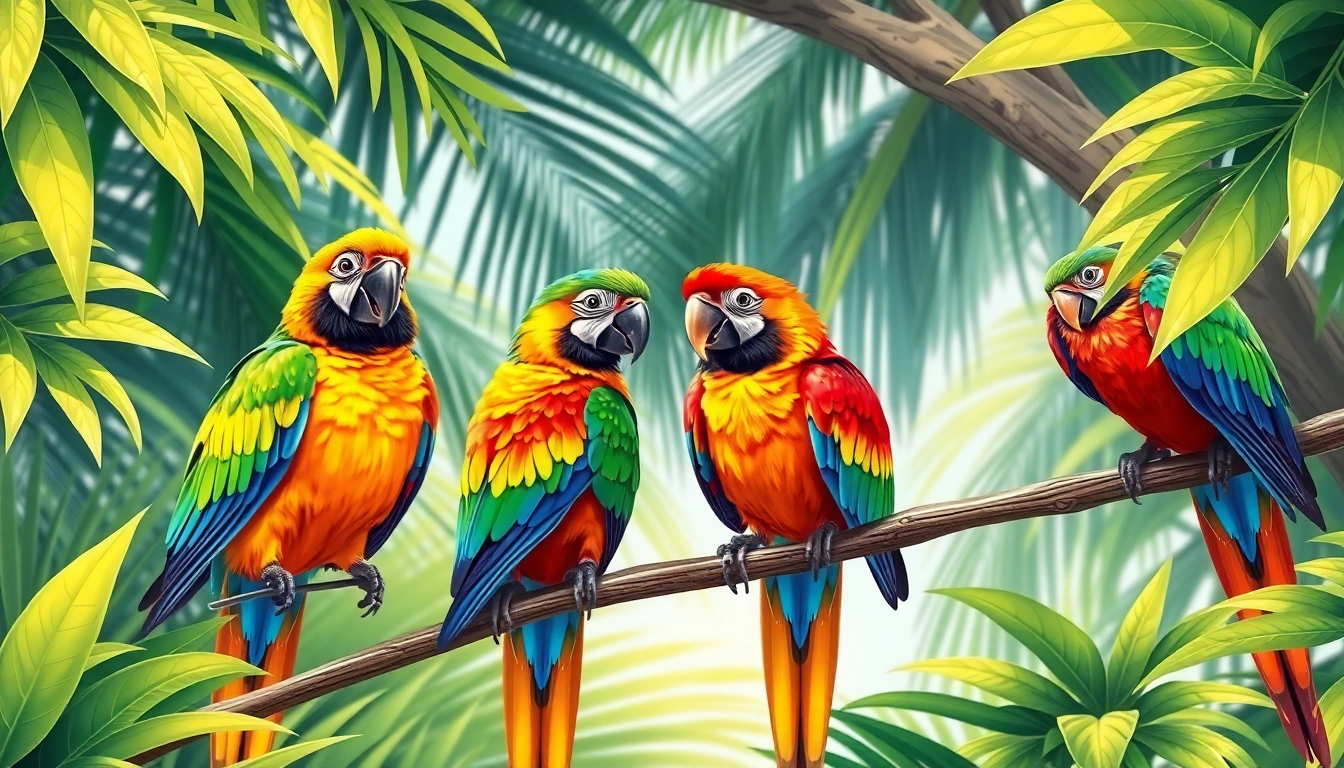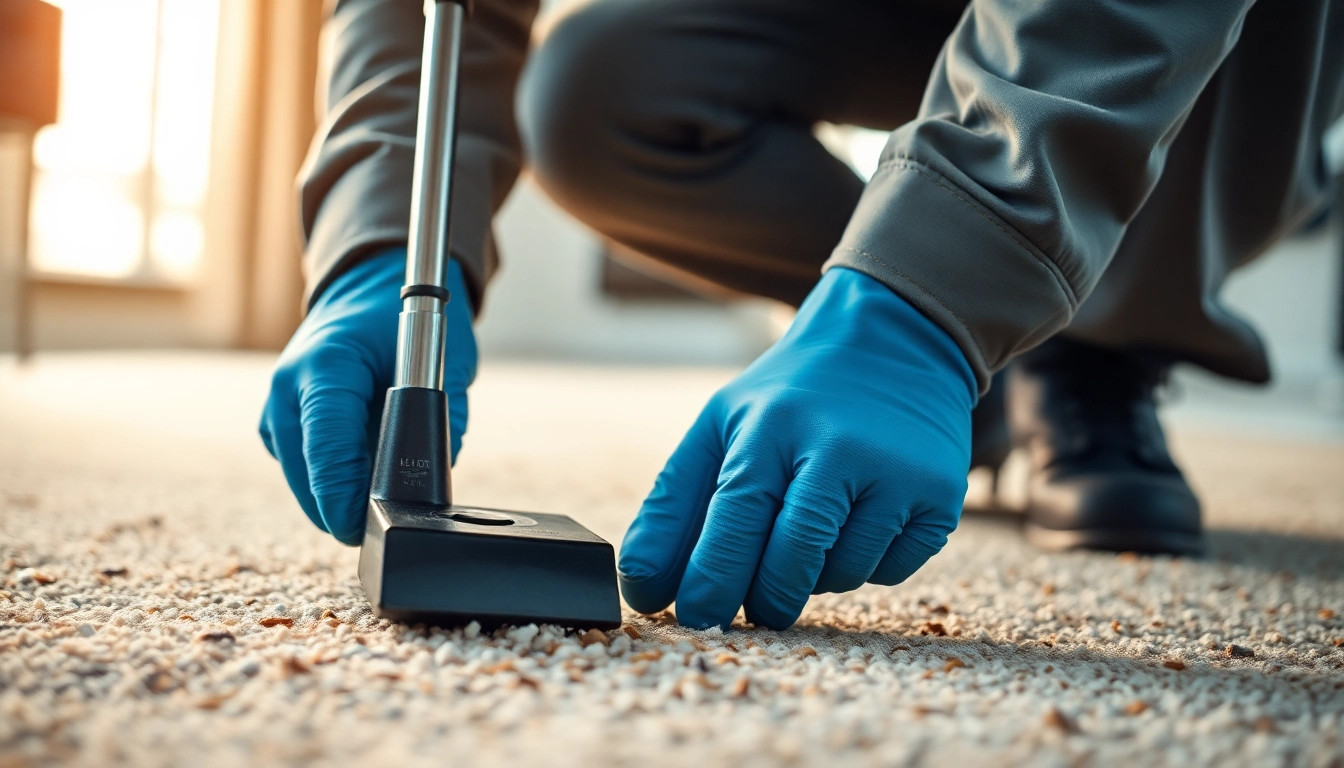Understanding Parrots: Species, Behaviors, and Characteristics
Parrots are among the most intelligent and visually striking birds on the planet, inspiring both admiration and affection in avian enthusiasts worldwide. Their vibrant plumage, complex social behaviors, and remarkable ability to mimic sounds make them unique companions and subjects of study. To ensure proper care and foster conservation efforts, it is crucial to deepen our understanding of these fascinating creatures. Whether you are a seasoned avian keeper or a newcomer exploring the world of parrots, a comprehensive knowledge base is essential. The journey begins by familiarizing oneself with the diverse species, their natural behaviors and social structures, and their communication methods.
For a detailed exploration of different parrot species, their distinct traits, and insights into how they communicate, visit parrots for expert guidance and resources.
Popular Parrot Species and Their Unique Traits
Parrots encompass a broad family of bird species known as Psittaciformes. Among the most popular species kept as pets are African Greys, Budgerigars, Cockatoos, Macaws, and Amazons. Each species brings its own set of characteristics, temperaments, and care requirements.
- African Grey Parrots: Renowned for their exceptional intelligence and capacity for mimicry, African Greys are medium-sized parrots native to the forests of West and Central Africa. They typically exhibit shades of grey with striking yellow accents on the forehead and tail. These birds thrive on mental stimulation and social interaction.
- Budgerigars: Small and highly adaptable, budgerigars are one of the most common pet parrots worldwide. They display vibrant green, yellow, blue, and white plumage. Their cheerful nature and ease of care make them ideal for beginners.
- Cockatoos: Known for their distinctive crests and expressive faces, cockatoos are large parrots native to Australia. They are highly social and can be quite demanding, requiring considerable mental and physical enrichment.
- Macaws: Among the largest parrots, macaws exhibit brilliant colors such as red, blue, yellow, and green. They are intelligent and social but require spacious cages and specialized diets.
- Amazon Parrots: Recognizable by their green bodies and colorful facial markings, Amazon parrots are known for their playful and affectionate nature. They often develop strong bonds with their owners and are capable talkers.
Understanding these differences aids in selecting the right species based on lifestyle, environment, and experience level. Each species’ innate traits influence their care requirements, social needs, and lifespan, which can range from 20 to over 70 years for some larger species.
Natural Behaviors and Social Structures
In the wild, parrots live in dynamic social groups called flocks, which can range from small family units to large aggregations containing hundreds of individuals. Their social structures are complex, involving intricate communication, cooperative behaviors, and hierarchical relationships.
Parrots are highly active birds, engaging in foraging, grooming, nesting, and vocalizing throughout the day. Their behaviors include preening, which maintains feather health; flying long distances in search of food; and forming strong pair bonds. Recognizing these natural behaviors helps owners create environments that allow parrots to express their innate instincts and reduce stress-induced problems.
Additionally, understanding social hierarchies within flocks can inform how we structure interactions in captivity. Male and female pairs often synchronize their activities, and many species form monogamous bonds that last for life. Disruption of social bonds or inadequate socialization can provoke behavioral issues such as aggression or self-mutilation.
Identification and Understanding Parrot Communication
Parrot communication is a rich tapestry woven of vocalizations, body language, and behaviors. These birds are capable of producing a wide range of sounds, from whistles and chattering to loud calls, which serve various purposes such as attracting mates, marking territory, or alerting the flock to danger.
Body language plays a crucial role in understanding a parrot’s emotional state. For example, erecting crests and fluffed feathers may indicate excitement or agitation, while lowered feathers and slow movements can suggest submission or calmness. Beak grinding often signals contentment, whereas rapid biting or lunging may indicate distress or frustration.
Effective owners learn to interpret these signals to foster a healthy human-parrot relationship. Mimicry and vocal learning are also elements of their communication repertoire, which some parrots excel at, especially species like African Greys and Amazons. Encouraging natural communication behaviors through positive reinforcement strengthens bonds and reduces unwanted behaviors.
Proper Care and Maintenance of Parrots
Diet and Nutritional Needs for Parrots
A well-balanced diet is paramount to maintaining a healthy parrot. Their nutritional requirements include a mix of high-quality pellets, fresh fruits, vegetables, nuts, and seeds. While seeds have historically been a staple, reliance solely on them can lead to deficiencies and health problems like obesity and organ issues.
Expert recommendations emphasize providing a diverse diet that mimics their natural feeding habits—primarily seed and nut eaters often supplemented with leafy greens, berries, and other produce rich in vitamins and minerals. Fresh, clean water should always be available.
Supplements may be necessary depending on the species, age, and health condition of the bird. Regular consultation with an avian veterinarian ensures dietary plans meet individual needs and prevent common ailments such as hypocalcemia, fatty liver disease, and vitamin deficiencies.
Housing and Environmental Enrichment Tips
Providing a spacious and stimulating environment is critical for a parrot’s well-being. The cage should be large enough to allow free movement, wing expansion, and activities like climbing and hopping. Bar widths and materials should be safe and appropriate for the bird’s size, preventing escapes or injuries.
Environmental enrichment includes adding a variety of toys, perches of different textures, foraging opportunities, and even music or videos. Rotating toys regularly prevents boredom and encourages natural foraging and exploration behaviors. Natural branches, climbing ropes, and swings can simulate outdoor habitats, promoting physical exercise.
Optimal lighting, humidity, and temperature conditions replicate a bird’s natural environment, reducing stress and supporting immune health. For example, full-spectrum lighting can stimulate vitamin D synthesis, essential for calcium absorption and bone health.
Health Monitoring and Common Ailments in Parrots
Routine health checks, regular veterinary visits, and vigilant observation are essential components of responsible parrot ownership. Early detection of health issues like respiratory infections, feather plucking, or gastrointestinal problems can significantly improve outcomes.
Common ailments include beak overgrowth, nutrient deficiencies, vitamin A deficiency, mites, and psittacosis. Understanding symptoms—such as nasal discharge, changes in droppings, lethargy, and abnormal feathering—helps in prompt intervention.
Preventative care involves maintaining clean cages, providing fresh food and water, ensuring a safe environment free of toxic plants or fumes, and monitoring for signs of distress or illness. Vaccination and parasite control, guided by an avian veterinarian, further safeguard flock health.
Training and Behavioral Management of Parrots
Effective Training Techniques for Parrots
Positive reinforcement stands as the cornerstone of effective parrot training. Rewarding desired behaviors with treats, praise, or play fosters trust and encourages repeat performance. Training sessions should be consistent, short, engaging, and tailored to the individual bird’s temperament.
Clicker training is increasingly popular among owners and trainers because it provides a clear and consistent cue, accelerating learning. Techniques include teaching simple commands like “step up,” “come,” or “stay,” which enhance safety and bonding.
Building patience and understanding that parrots learn at different rates, depending on their species and personality, is vital. Avoiding punishment and embracing gentle, rewarding methods creates a positive environment that supports behavioral development.
Addressing Behavioral Challenges and Problem Behaviors
Problem behaviors in parrots—such as biting, screaming, feather plucking, and aggression—often stem from stress, boredom, inadequate socialization, or health issues. Identifying underlying causes allows for targeted solutions.
Providing sufficient mental stimulation, social interaction, and physical activity reduces the likelihood of undesirable behaviors. Establishing routines and boundaries, along with safe outlets for chewing and play, also helps manage issues.
In cases of feather plucking or self-mutilation, veterinary diagnosis is essential to exclude medical causes. Enrichment devices, increased socialization, and, in some cases, environmental modifications are part of a comprehensive behavioral plan.
Building Strong Bonds with Your Pet Parrots
Trust and companionship develop through consistent, gentle interactions. Spending quality time, mimicking natural behaviors, and respecting the bird’s boundaries foster mutual respect and affection.
Offer daily interaction, speak softly, and provide treats during training sessions to reinforce a positive relationship. Many parrots enjoy cuddling, singing, or simply observing their environment alongside their owners. Patience and understanding are key to a lasting bond.
Conservation and Ethical Considerations
Wildlife Protection Laws and Responsible Ownership
Legal frameworks worldwide aim to protect wild parrot populations from illegal trapping and trade. Owning parrots legally requires adherence to local and international regulations, such as CITES, which regulates international trade of endangered species.
Responsible ownership involves sourcing parrots from reputable breeders or rescue organizations, avoiding wild-caught birds, and ensuring ethical practices in all dealings. Education about the species’ natural habitats and threats promotes informed choices that support conservation efforts.
Supporting Parrot Rescue and Rehabilitation Programs
Many parrots in captivity are relinquished due to behavioral issues, health problems, or owners’ inability to care for them. Rescue organizations play a vital role in providing shelter, medical care, and rehabilitation, preparing birds for eventual rehoming or retirement.
Contributing financially, volunteering, or advocating for these programs raises awareness and provides tangible assistance. Adoption should always be a priority over purchasing, ensuring that rescue efforts address overpopulation and reduce demand for wild-caught specimens.
Impact of Habitat Loss and Ways to Help
Deforestation, urbanization, and climate change threaten many wild parrot populations, leading to habitat destruction and reduced food sources. Supporting habitat preservation initiatives, sustainable forestry, and anti-poaching campaigns is critical to long-term conservation.
Individuals can contribute by supporting eco-friendly organizations, reducing their carbon footprint, and spreading awareness about the importance of protecting natural habitats for parrots and other wildlife.
Engaging with the Parrot Community and Resources
Joining Local and Online Bird Enthusiast Groups
Networking with fellow parrot enthusiasts enriches knowledge and provides emotional support. Local clubs, online forums, and social media groups facilitate sharing experiences, tips, and new developments in avian care.
Participation in such communities can lead to friendships, mentorship opportunities, and collaborative conservation projects.
Reliable Sources for Parrot Education and Supplies
Maintaining an informed approach involves consulting reputable sources such as licensed avian veterinarians, established pet stores specializing in birds, and academy-backed educational platforms. Purchase supplies—like cages, toys, and food—from recognized brands committed to ethical and safe products.
Continuously updating your knowledge base ensures that your parrots receive optimal care tailored to current best practices.
Events, Expos, and Competitions for Parrot Lovers
Participating in bird shows, expos, and educational seminars promotes community engagement and further learning. These events often showcase the latest in bird care technology, enrichment techniques, and conservation initiatives. Competitions can also serve as platforms to exchange ideas, demonstrate training skills, and celebrate the diversity of parrot species.
Being actively involved demonstrates commitment and passion for avian well-being, inspiring others to contribute to responsible and informed parrot ownership.


